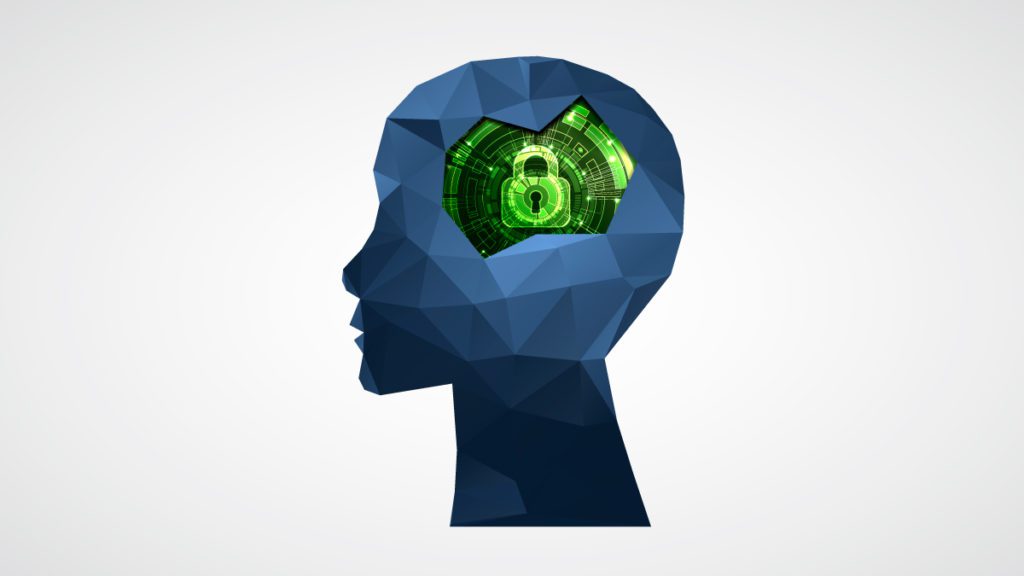
The press of the mouse button, the keystroke, or a computer code are all protected by law. Legally, these are considered as “Intellectual property” including the trademark, patent, and copyright. Intellectual property enforcement is crucial for innovation, development as well as for the economy. In fact, technologies are made public, so other people can build on it and benefit from other creators.
When it comes to the creation of Apps, all three types of intellectual property- patent, trademark, and copyright can be applied. Copyright protects the originality and creativity behind the apps; the patent protects the invention behind the app, and the trademark protects the name and visual identifiers of an App.
Ensuring Intellectual property (IP) rights encourage inventions. The US constitution (Article 1, Sec.8) itself grants Congress the power “to Promote the Progress of Science and useful Arts, by securing for limited Times to Authors and Inventors the exclusive Right to their respective Writings and Discoveries”. Based on this Article, Congress has the authority to create private rights for authors and inventors for the public purpose of advancing social progress. Americans created the Internet, invented the smartphone, and sent astronauts to the Moon. Ensuring the preservation of intellectual property secured the US as one of the most innovative countries in the world.
In 1998, President Clinton signed into law the Digital Millennium Copyright Act (DCMA). This Act intended to extend copyrights for works stored as digital media and transmitted over digital networks.
Unlike patents and copyrights, trademarks do not expire after a specific number of years. A trademark can last forever if the information was not disclosed to the public. Trademarks are protected under the Trademark Law Treaty that entered into force on August 1996, aiming to standardize and streamline national and regional trademark registration procedures.
For copyrighted material- including computer programs- owners have an exclusive right to reproduce the work, prepare a derivative from the work, and distribute copies of the work. All work created after January 1, 1978, are protected for the life of the author plus 70 years. For anonymous work, copyrights endure for a term of 95 years from the year of its first publication or a term of 120 years of its creation, whichever expires first. Copyrights are protected under the Universal Copyright Convention adopted in Geneva in 1952.
Patent-legislation set for a period- is used to exclude others from making, using, or selling an invention. Patents are protected under the Patent Law Treaty (PLT) Adopted in 2000 with the aim of harmonizing and streamlining formal procedures with respect to national and regional patent applications and patents – making such procedures more user friendly.
According to Bloomberg Law data, patent lawsuits in the US increased in the first 5 months of 2020. There were 1633 patent lawsuits filed until the end of May. WSOU Investments LLC has filed a lawsuit accusing companies like Huawei Technologies Co. and Microsoft Corp. of patent infringement.
Innovators across the globe filed 3.3 million patent applications in 2018, according to the World Intellectual Property Indicators (WIPI) reports. Asia was the hub of global patent filing. The number of patents filed by European companies and inventors grew by 4.0%. According to the European Patent Office 2020, 181406 patent applications were filed last year.
On April 7, 2020, the UN said that China became the world leader in international patent filings with more than 58,990 applications according to CGTN. Despite the advocacy conducted by the United States to convince its allies to remove Huawei from the Global 5G market, the Chinese telecom giant topped the global market with 4,411 PCT applications.
Since a local patent does not protect inventions in other countries, inventors go for International Patent. Administrated by the World Intellectual Property Organization (WIPO) – a UN agency-, the Patent Cooperation Treaty (PCT) is an international treaty that helps to secure innovations by filing a single international patent application. PCT applicants have to pay three types of fees when they look for filing the application.
International treaties and conventions also protect the rights of inventors. In fact, International conventions are considered higher than local laws and lower than the constitution. That’s why every signatory must abide by these international legal frameworks.
The Paris Convention for the Protection of Industrial Property signed in 1883 does not only apply to patents; it also includes protection for trademarks, trade names, and services marks. On the other hand, the Berne Convention for the Protection of Literary and Artistic Works 1886, is an International Treaty that deals with the protection of the works and rights of their authors. Under this International Convention, the rights of authors who are nationals of countries that are a part of the convention are protected. This convention applies to people who are not nationals, but those who have taken residence in a country of the Union.